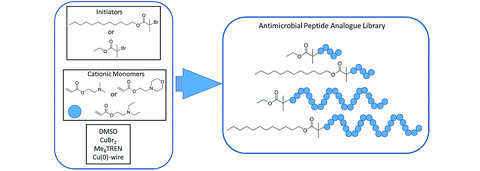Introduction:
Ligases, a class of enzymes, play a fundamental role in cellular processes by catalyzing the formation of covalent bonds between molecules. Working primarily in DNA and RNA repair, replication, and protein synthesis, ligases are essential for preserving the integrity and functionality of the genetic material. In this blog post, we will explore the significance of ligases and their key contributions to various biological processes.
Understanding Ligases:
Ligases are enzymes that facilitate the joining of two molecules, often through the formation of a phosphodiester bond. They play a crucial role in the synthesis and repair of DNA, RNA, and proteins, ensuring their proper functioning within cells.
Key Points:
DNA Replication and Repair:
Ligases have a crucial role in DNA replication and repair processes. During DNA replication, DNA ligases seal the gaps in the newly synthesized DNA strand by catalyzing the formation of phosphodiester bonds between adjacent nucleotides, joining Okazaki fragments on the lagging strand. In DNA repair, ligases are involved in sealing nicks and breaks in the DNA strand, preventing mutations and preserving genome integrity.
RNA Processing:
Ligases also play a role in RNA processing. In processes such as RNA splicing, ligases are involved in connecting exons, which are the coding regions of the RNA, and removing introns, non-coding regions. This ensures the correct sequence of the RNA transcript, leading to the production of functional mRNA molecules.
Protein Synthesis:
Ligases are involved in post-translational modifications of proteins. Specifically, E3 ligases attach ubiquitin molecules to target proteins, marking them for degradation via the ubiquitin-proteasome system. This process plays a crucial role in regulating protein levels and maintaining cellular homeostasis.
Significance in Biotechnology and Therapeutics:
Ligases have significant implications in biotechnology and therapeutics. DNA ligases, for example, are employed in genetic engineering techniques, such as cloning and DNA sequencing, where they are used to ligate DNA fragments together. Furthermore, ligases are potential therapeutic targets for developing drugs that can selectively inhibit specific ligase activity, offering novel strategies for treating diseases related to DNA repair deficiencies or protein dysregulation.
Future Directions:
As research into ligases continues to advance, there are ongoing efforts to unravel their precise mechanisms of action and explore their potential applications in various fields. Additionally, as new ligase functions are discovered, further investigations may uncover their roles in disease processes, opening doors for targeted therapies and the development of innovative treatments.
Conclusion:
Ligases are vital enzymes involved in connecting molecules in DNA, RNA, and proteins, preserving the integrity and functionality of genetic material. Their roles in DNA replication and repair, RNA processing, and protein synthesis highlight their significance in maintaining cellular homeostasis. The exploration of ligases in biotechnology and their potential as therapeutic targets signifies a promising future for both scientific understanding and medical advancements. The continued understanding of ligases and their intricate functions offers exciting possibilities in various fields, with potential applications in healthcare treatments and disease prevention.
#ligases


